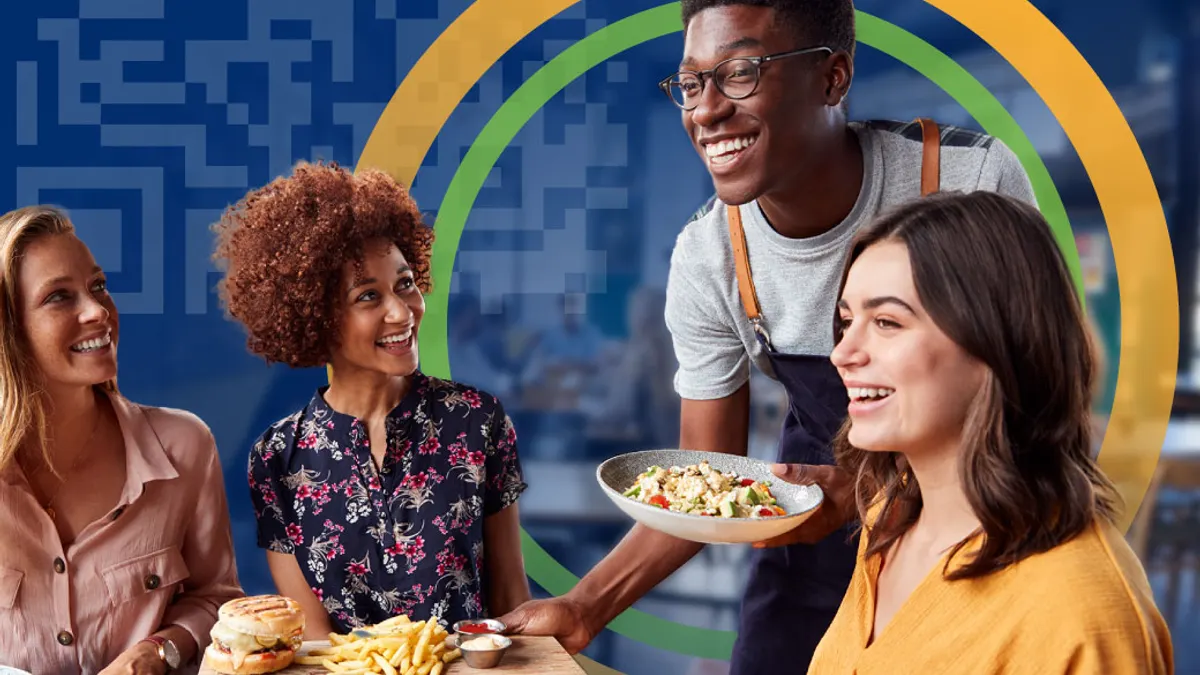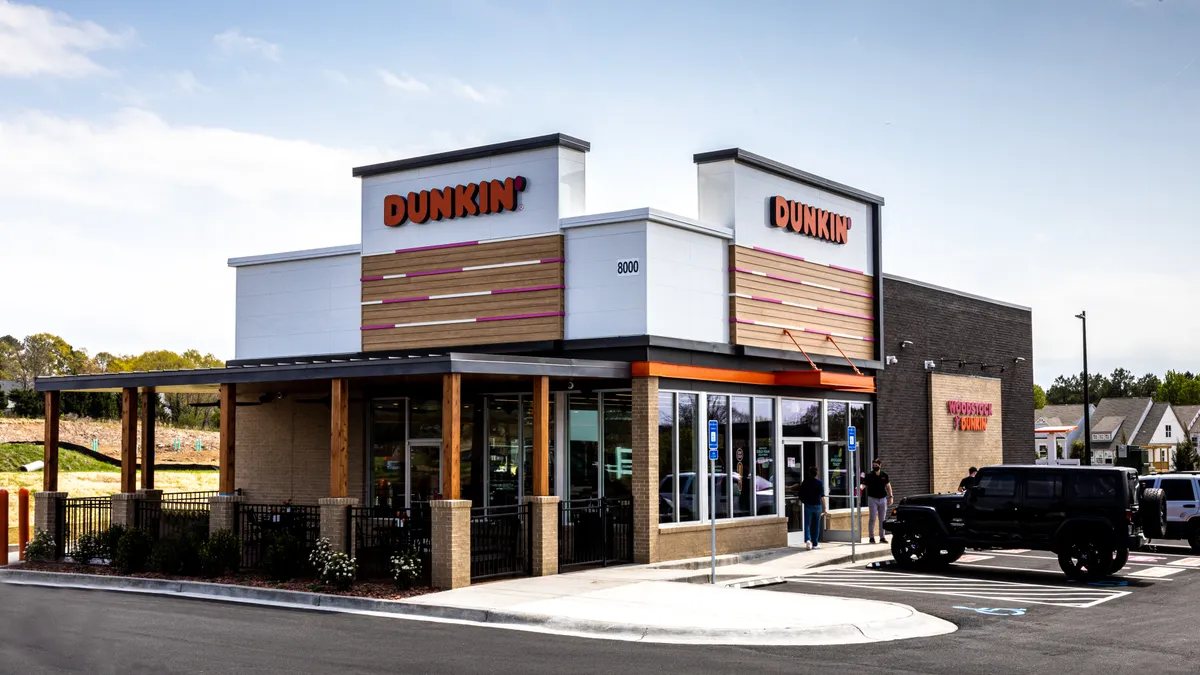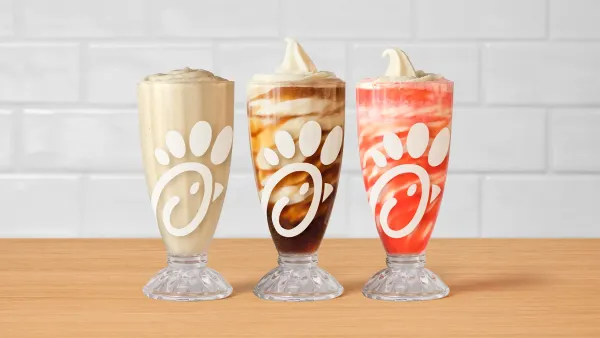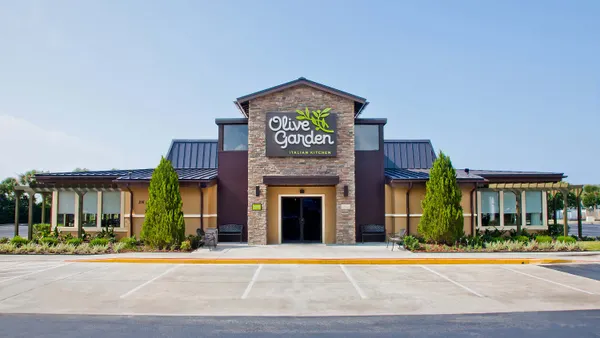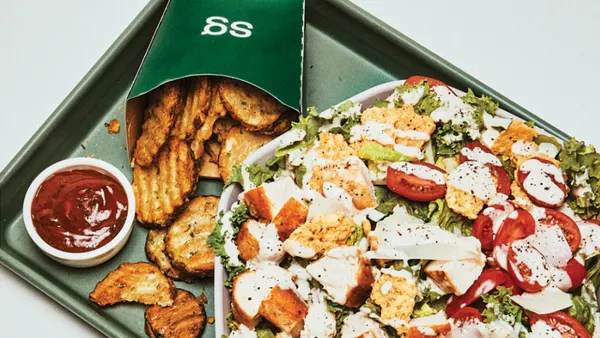What do restaurants need to succeed in 2025? Consumer demand is strong, but diners are becoming more selective about where they spend. Today’s guests expect faster service, top-quality food, and seamless tech experiences — without compromising on cost or hospitality. They want to feel good about where their food comes from and know exactly what’s in it. For example, they may want to know whether the lettuce on the menu was grown by a local farmer or whether the cheesecake contains nuts. At the same time, 79% of diners have a hard time deciding what to order.
Meeting these expectations requires more than great food—it demands operational precision and transparency powered by global standards. These standards help create a universal language that links products, suppliers, and locations, reducing errors and streamlining operations. Standardization also boosts food freshness, quality, and safety. By utilizing advanced labels, such as 2D barcodes, restaurants can deliver full transparency on sourcing and ingredients. The result? A competitive edge that drives brand loyalty and consumer trust.
From supply chain to plate: Consistency you can trust
Standardized identification starts with a Global Trade Item Number (GTIN®) for individual products, cases, or pallets. Whether it’s a can of beans or a box of tortillas, this number stays consistent as the product makes its way from the manufacturer to the distributor to the restaurant. But restaurants need a lot of other data about these items, too, like batch/lot code, serial number, and expiration date. A GS1-128 is a data-rich barcode capable of holding up to 48 characters, which can hold all of this information, including the GTIN.
Restaurants with the capability to scan these barcodes give their teams instant access to valuable data. “It’s a more efficient and accurate method than what happens at a lot of restaurants, when someone has to go sifting through all of the boxes and write down which one is expiring and must be used first,” says Jeff Cowan, Senior Director, Customer Success at GS1 US.
Many restaurants use GS1-128 barcodes today. This foundation sets the stage for next-generation tools that make transparency and efficiency even easier. 2D barcodes, such as QR codes, can hold far more information than one-dimensional barcodes like the GS1-128, enabling restaurants to share details that matter with diners—such as allergens, sourcing details, and sustainability practices—with a quick scan. But there are efficiency gains to be made as well. For high-volume operations, Radio Frequency Identification (RFID) technology adds speed and automation, allowing entire stockrooms to be inventoried in minutes without scanning each item individually.
The payoff is tangible: fewer transcription errors, faster receiving, and less spoilage. It also helps chefs plan menus around what diners prefer and what’s freshest—improving margins while freeing staff to focus on hospitality.
Labels with 2D barcodes: A new level of transparency for diners
During the COVID-19 pandemic, restaurants began to embrace QR codes for digital menus, allowing them to be dynamic with pricing and offerings. Now, 2D barcodes can share much more than a menu. As gateways to the web, they can include information about food items, including allergens, farm source, harvest date, farming methods, labor, and sustainability credentials.
For diners who value transparency, this is a game-changer. “There's a lot of interest about where our food comes from, and the 2D barcode encodes a lot more of that information, so it can really be a farm-to-fork experience,” says Cowan. “When a diner sits down, they can find where their fish was caught or their chicken was raised, which may help them decide what to order.” Advanced barcodes also reassure customers with allergies by clearly marking allergens like eggs and shellfish, so diners don’t have to rely on a busy server to recall every ingredient.
RFID: Faster, smarter, back-of-house inventory
Some larger restaurant chains are piloting RFID to take efficiency even further. Unlike barcodes, RFID tags don’t require line‑of‑sight scanning. “The chip gets activated when you wave a wand near the product in your stockroom,” says Cowan. “You can complete the whole inventory in a matter of minutes.” While still in early adoption, RFID shows how standards‑based technology keeps evolving to meet operational challenges at scale—speeding counts, improving accuracy, and keeping food moving at peak freshness.
Standards that safeguard food—and the planet
Food safety is top‑of‑mind for diners, with 85% of U.S. adults believing that food recalls are effective in protecting public health. Instead of waiting to respond to an outbreak, standardized identifiers and scannable labels help identify and remove affected products quickly before issues spread. In the past, a recall meant checking every box in storage. Now, staff can scan and isolate only the impacted cases—protecting customers, reducing food waste, and preserving trust.
The precision pays off. During a bread recall, end-to-end traceability helped IPC/Subway avoid sending product retrieval services to 733 restaurants. The chain estimates it saved $61,000 by locating all nine infected cases within two hours, and identified potential annual savings of more 9,000 hours of labor by communicating to only the affected restaurants.
The bottom line
Harnessing global identification standards and advanced labeling technologies gives restaurants a powerful advantage: the ability to build trust with today’s demanding diners. When sourcing, safety, and ingredient lists are accurate and transparent, diners feel confident in their choices. In return, restaurants earn loyalty, repeat visits, and a stronger brand reputation in an industry where trust is everything.

